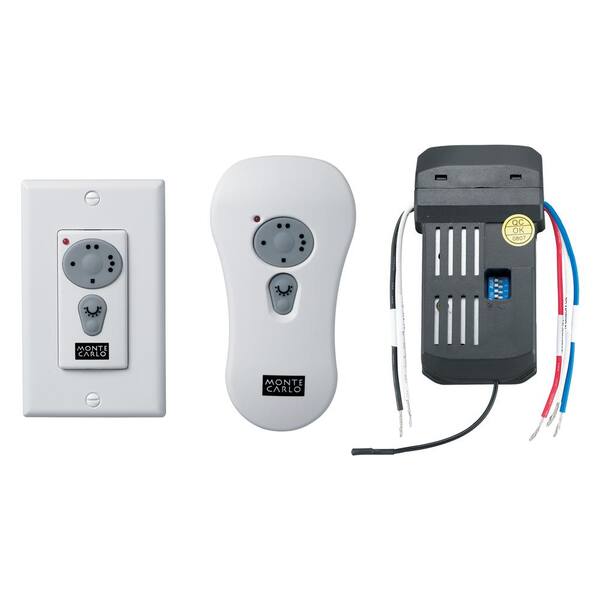
In many cases turning the power off to the fan simply reset the controlled to ‘off’, so even using a manual switch won’t help with these ones. They have a receiver which converts the AC input to DC voltage to control the motor speed, which is handled exclusively by the control receiver. For this reason, it’s a bad (and potentially dangerous) idea to use a smart dimmer switch to control a ceiling fan.ĭC fans are those with remote controls. NOTE: AC Fan controllers use different methods to vary the power to the motor, and motors draw a lot more power than lights at least initially. Option 2 will work with these, Option 3 will work if your AC fans have remotes. These ones use a rotating knob control to vary the power to the motor, thus changing the speed. There are two types, AC and DC control.ĪC fans are your old-school types, with either a regular speed control knob on the wall, or a pull cord to turn them on and off. Now, it’s important to note with options 2 and 3 that it depends on how your fans are powered. Obviously if you don’t have ceiling fans yet, then Options 1 is probably the way to go, although you may find it cheaper and not much more complicated to buy simple AC powered fans and go with Option 2. Replace the fans with ones that support HomeKit Getting control of your ceiling fans in HomeKit can be achieved in three key ways. What Options are there for HomeKit Fan control? After all, when your home is able to take logical actions on it’s own, then we start to see the true potential of smart homes. Being able to tie them into automation rules is particularly relevant given they can be associated with heating and cooling systems, smart shades, and sensors for windows, temperature and humidity. The convenience benefits of smart fans are straightforward being able to turn them on and off via your phone or a voice command makes it easy to do from wherever you are at the time, and helps to avoid needing to store (and find) all those extra remote controls.īut connecting to a smart home platform takes it to the next level. There are a few ways of approaching this problem, each with pros and cons depending on your level of technical comfort and budget. Unfortunately, the options on the market for fan controllers, or indeed fans themselves, that support HomeKit natively are a bit limited. For fans of Apple’s HomeKit platform, it’s natural to want to be able to control as many appliances as possible through Siri and automation rules, and ceiling fans are a natural fit.



Ĭeiling fans remain a popular way to keep cool, largely because they are so cheap to operate, but they also assist in both heating and cooling efficiency by circulating the air in the room. When you buy through links in this article, I may earn an affiliate commission.


 0 kommentar(er)
0 kommentar(er)
